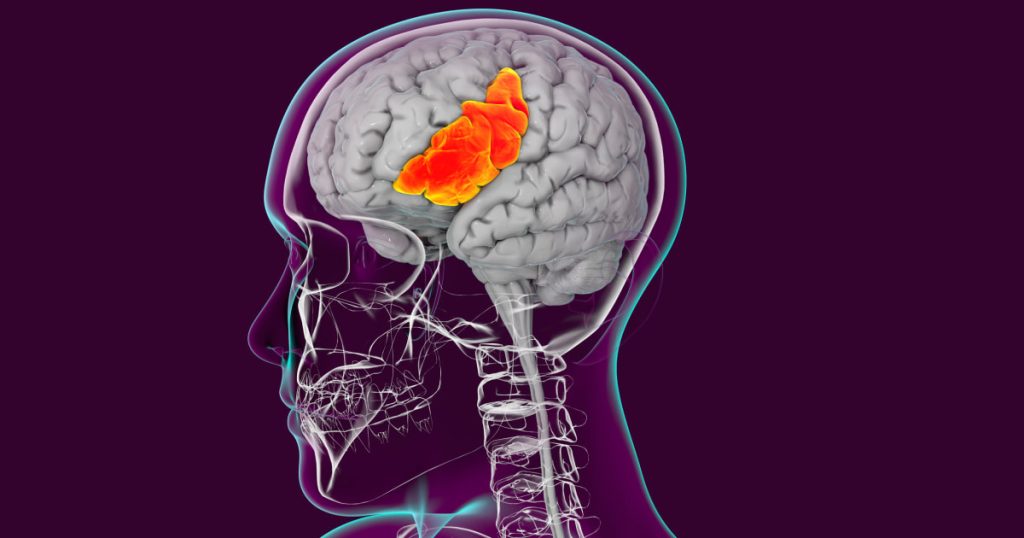Scientists at the University of California, San Francisco have developed a bilingual brain implant for a stroke survivor named Pancho, who is paralyzed and unable to communicate clearly. The implant uses artificial intelligence to decode Pancho’s brain activity into sentences in both Spanish and English, his two spoken languages. This groundbreaking technology, developed by nearly a dozen researchers from the university’s Center for Neural Engineering and Prostheses, allows Pancho to communicate for the first time in years.
Under the guidance of Dr. Edward Chang, a neurosurgeon and co-director of the Center for Neural Engineering and Prostheses, Pancho received the neural implant in 2019, enabling scientists to monitor and analyze his brain activity. By utilizing an AI method called a neural network, researchers were able to train the implant to decode words based on the patterns of brain activity when Pancho attempted to articulate them. This training method mimics the way the human brain processes information, allowing the implant to process speech data in both Spanish and English.
Initially, the implant only enabled Pancho to communicate in English, but the researchers identified “cortical activity” in his brain across both languages, even after the stroke that left him paralyzed. Leveraging this discovery, the scientists were able to train the implant to be bilingual without the need for separate language-specific decoding systems. This breakthrough in 2021 laid the foundation for developing a bilingual decoding system that allowed Pancho to switch languages based on his preference.
In 2022, the researchers further refined the artificial neural network to train Pancho’s brain implant on the unique neural activity associated with his bilingual speech. As a result, Pancho was able to use the bilingual decoding system to participate in conversations, seamlessly switching between Spanish and English based on his preference. This study demonstrates the feasibility of a bilingual speech neuroprosthesis, offering a glimpse into how such technology could provide more natural communication for bilingual individuals with paralysis.
The published research on May 20 in Nature Biomedical Engineering highlights the significant progress made in restoring Pancho’s ability to communicate using the bilingual brain implant. This innovative technology not only benefits Pancho but also opens up possibilities for restoring communication skills for other bilingual individuals with paralysis. By bridging the gap between languages and allowing for seamless language switching, the bilingual brain implant offers a promising avenue for enhancing communication and quality of life for those facing similar challenges.













